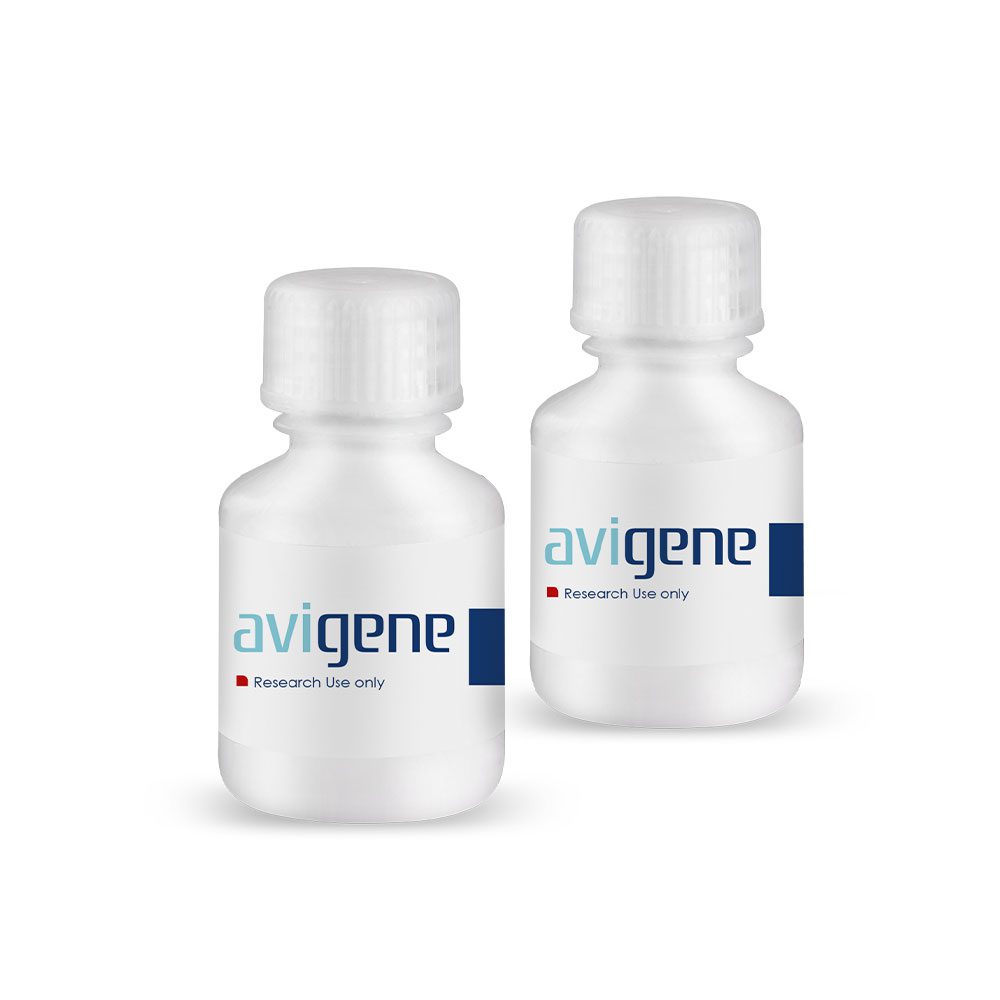A Comprehensive Guide for Nucleic Acid Electrophoresis
TAE (Tris-Acetate-EDTA) buffer is a fundamental tool in molecular biology, serving as an essential solution for separating and analyzing nucleic acids (DNA and RNA) through agarose gel electrophoresis. Its widespread use is attributed to its simplicity, cost-effectiveness, and ability to yield reliable results. This comprehensive guide delves into the composition, preparation, function, and optimization of TAE buffer, providing a thorough understanding of its role in nucleic acid electrophoresis.
What is TAE Buffer?
TAE buffer is an aqueous solution composed of three primary components: Tris base, acetic acid, and EDTA (ethylenediaminetetraacetic acid). Each of these components plays a crucial role in maintaining the integrity of nucleic acids during electrophoresis and ensuring optimal separation.
- Tris Base: Tris(hydroxymethyl)aminomethane, or Tris base, is a buffering agent that helps maintain a stable pH throughout electrophoresis. It acts as a weak base, accepting protons and resisting changes in pH as nucleic acids migrate through the gel matrix.
- Acetic Acid: Acetic acid contributes to the buffering capacity of TAE, working in conjunction with Tris base to maintain a consistent pH environment. Additionally, it enhances the resolution of nucleic acid fragments during electrophoresis, particularly those with smaller sizes.
- EDTA: Ethylenediaminetetraacetic acid is a chelating agent that binds to metal ions, such as magnesium and calcium. These ions can act as cofactors for nucleases, enzymes that degrade nucleic acids. By sequestering these ions, EDTA protects nucleic acids from degradation, ensuring their integrity during electrophoresis.
Preparation of TAE Buffer
TAE buffer is typically prepared as a concentrated stock solution, often 50X (fifty times the working concentration). This stock solution can be stored at room temperature and diluted to the desired working concentration (usually 1X) before use. The preparation process involves dissolving Tris base, glacial acetic acid, and EDTA disodium salt in deionized water. The pH is then adjusted to 8.0 using either glacial acetic acid or sodium hydroxide. The final solution is autoclaved for sterilization and stored until needed.
Function of TAE Buffer in Electrophoresis
TAE buffer fulfills several essential functions during agarose gel electrophoresis:
- pH Maintenance: The buffering capacity of Tris base and acetic acid maintains a stable pH during electrophoresis. This is crucial because nucleic acids are negatively charged and migrate towards the positive electrode. A stable pH ensures consistent charge and mobility of nucleic acids, leading to accurate separation based on size.
- Electrical Conductivity: TAE buffer provides ions (charged particles) that are necessary for electrical conductivity. When a voltage is applied to the gel matrix, the ions in the buffer carry the electrical current, allowing nucleic acids to migrate through the gel.
- Nucleic Acid Protection: EDTA in TAE buffer chelates metal ions, preventing them from activating nucleases that could degrade nucleic acids. This protective action ensures that the nucleic acid samples remain intact during electrophoresis, allowing for accurate analysis and interpretation of results.
Optimizing Results with TAE Buffer
Several factors can influence the results of nucleic acid electrophoresis when using TAE buffer. Optimizing these factors can enhance the resolution and quality of your electrophoresis experiments.
- Agarose Concentration: The concentration of agarose in the gel matrix affects the pore size and, consequently, the separation of nucleic acid fragments. Higher agarose concentrations are suitable for separating smaller fragments, while lower concentrations are appropriate for larger fragments.
- Voltage and Run Time: The applied voltage and the duration of the electrophoresis run affect the speed and resolution of nucleic acid separation. Generally, a lower voltage (around 5 V/cm) is recommended for better resolution, especially for larger DNA fragments. The run time should be adjusted to ensure sufficient separation of the desired fragments.
- Buffer Volume: The volume of TAE buffer in the electrophoresis tank should be sufficient to cover the gel and maintain a stable temperature during the run. Inadequate buffer volume can lead to overheating and distortion of the gel.
- Buffer Recirculation: In some cases, TAE buffer can be recirculated between the electrophoresis tank and the gel apparatus. This can help maintain a constant buffer level and temperature, leading to more consistent results. However, recirculation may not be necessary for all experiments.
- DNA Loading Dye: Adding a loading dye to your DNA samples helps visualize the progress of electrophoresis and ensures that the samples sink into the wells. Common loading dyes contain tracking dyes and density agents.
- DNA Staining: After electrophoresis, nucleic acids are usually stained with a fluorescent dye, such as ethidium bromide or SYBR Green, to visualize the bands under UV light. The choice of stain depends on the sensitivity and safety requirements of your experiment.
Troubleshooting and Tips for TAE Buffer
Here are some tips and troubleshooting suggestions for using TAE buffer:
- Use High-Quality Reagents: Ensure that you use high-quality reagents for preparing TAE buffer. Impurities can affect the performance of the buffer and lead to inconsistent results.
- Proper Storage: Store the 50X TAE stock solution at room temperature and the working solution at 4°C. Discard the buffer if it shows signs of contamination or precipitation.
- Adjust pH Carefully: Ensure that the pH of the TAE buffer is adjusted accurately to 8.0. Incorrect pH can affect the mobility of nucleic acids and lead to poor separation.
- Maintain Clean Equipment: Keep your electrophoresis equipment clean and free of contamination. Residue from previous experiments can interfere with the current run and affect results.
- Follow Safety Guidelines: When handling ethidium bromide or other hazardous chemicals, follow appropriate safety protocols to protect yourself and the environment.
By understanding the composition, preparation, function, and optimization of TAE buffer, you can harness its power to achieve high-quality results in your nucleic acid electrophoresis experiments. Whether you are a seasoned researcher or a novice in the field, TAE buffer remains an indispensable tool in the arsenal of molecular biology techniques.






































































Reviews
There are no reviews yet.